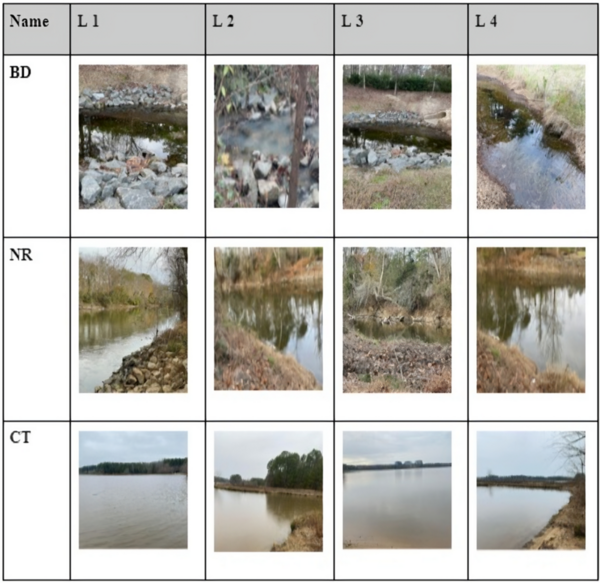Impact of hog farming on water quality of aquatic environments in North Carolina
(1) Enloe Magnet High School, Raleigh, North Carolina
https://doi.org/10.59720/23-040
North Carolina is the second largest hog producer in the nation and the large amounts of waste produced by hog farming can contaminate water bodies through runoff, leaching, and improper waste management. In this study, we collected samples from two water bodies near three hog farms and one aquatic environment that is not near a hog farm. We hypothesized that water bodies near the hog farms would have lower water quality with higher turbidity, total dissolved solids (TDS), and pH than the water body not in proximity to a hog farm because of water contamination with hog waste. To test this hypothesis, we built an inexpensive and portable water quality sensor using an Arduino UNO Rev3 microcontroller to measure the three aforementioned parameters. We collected water from four sublocations at each of the three experimental locations and two timepoints. The results showed that the turbidity was 4–6 times higher, TDS was 1.5–2 times higher, and pH was 3 units higher in the 2 experimental locations compared to the control location. This indicates that the water bodies near hog farms have lower water quality, which is not suitable for aquatic life and is likely to be negatively impacted by hog farming. This study and its findings are important for understanding the impact of hog farming on the proximal water bodies.
This article has been tagged with: